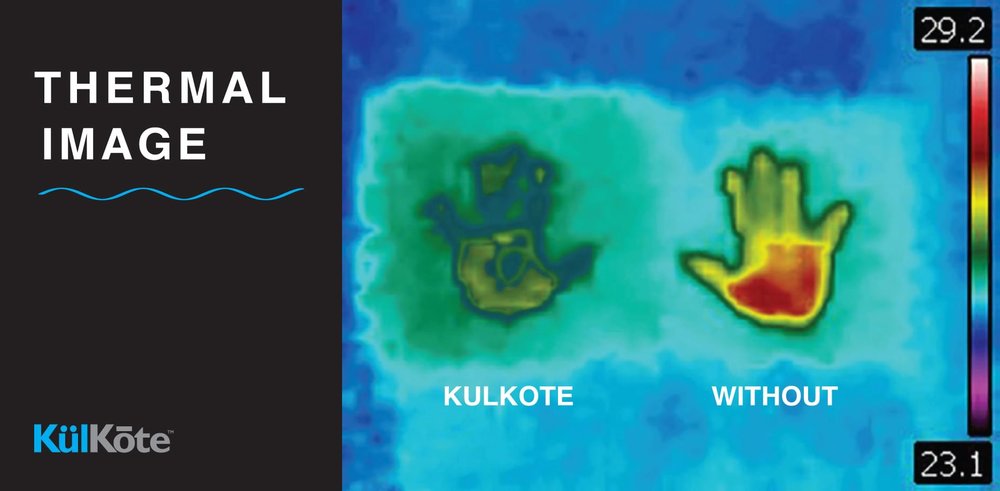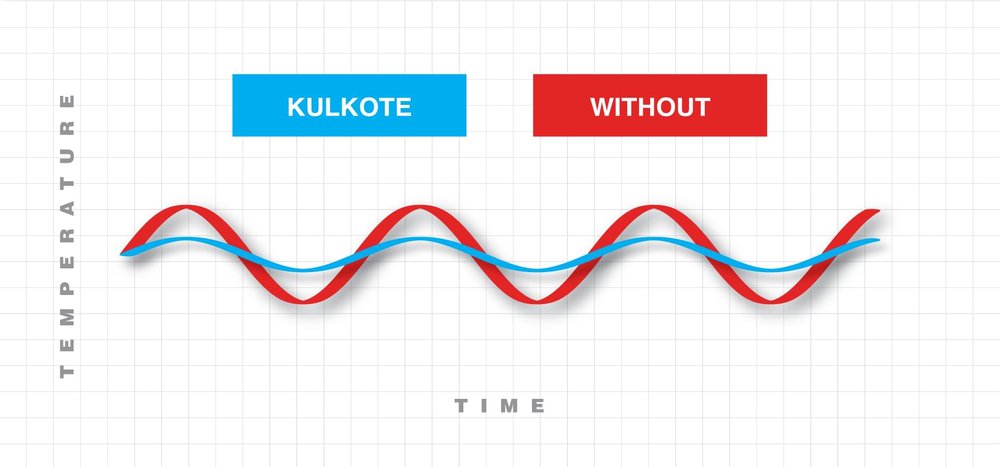We are not using this page
How Foam Works
When you think of technological advancement, foam probably isn't the first thing to pop into your mind. And yet, it is no exaggeration to say that polyurethane foam and it's various applications in the bedding market are nothing short of marvels of chemical engineering
How It's Made
Constant Improvement
Not only is foam in itself a feat of engineering, but it's also constantly evolving to meet the needs of an ever changing world. In the past foam mattresses had a reputation for sleeping warm. Here's an example of how the mattress industry and the foam industry developed new and exciting technologies to address issues as they arise.
There's a reason copper is used in electrical wiring, motors, and -- occasionally -- by desperate gamers trying to beat the red ring of death. This is the wonder of conduction. Conduction in foam refers to foam types that are infused with highly-conductive material that rapidly disperse your body heat away from you as you sleep. A prime example of this is found in our copper-infused memory foam. It utilizes flecks of actual copper throughout the foam to spread your body head away from the point of contact.
Airflow is a more straightforward form of cooling technology, but its benefits are undeniable. The dreaded “oven effect” that was unfortunately common with first generation memory foam bedding was simply a result of a lack of breathability. Airflow is the solution and, as such, foam has since been engineered to retain its density and slow-recovering, pressure-relieving qualities while also allowing for airflow. A perfect, proven solution.
Temperature regulation is the third and final method of cooling technology, and it comes in several different forms. “Temperature neutral” and “temperature responsive” are two examples of foam types that fall under this category. If a foam is temperature neutral, its firmness will not be affected by temperature. If it is temperature responsive, its feel may change and become more resilient in the presence of body heat. Essentially, temperature regulation refers to how the material in the foam is engineered to respond to changing temperatures. The addition of Phase Change Material to the foam would also fall under the category of temperature regulation, but we will cover that in its own section.
Kulkote - Temperature Regulating Technology
KulKote is a phase change material (PCM) and a water-based, polymer coating that is applied to the surface of the foam; in short, it utilizes micro-capsules that continually change phases from a liquid to a solid in order to effectively manage heat energy. In other words, it regulates your temperature while you sleep and keeps your mattress at a perfect, comfortably-cool level all night long (if you’ve ever felt our SoftFlo pillows, you know what we mean).
One feel of a piece of foam with KulKote compared to a piece without is all takes to experience its cooling effects, but don’t just take our word for it. The graphics below show the tangible temperature difference that KulKote brings.

See the difference
Using thermal imaging, we can see a demonstrable difference in the way heat is regulated on a surface with KulKote as opposed to one without.

Temperature regulation
As the name implies, KulKote is noticeably cool to the touch. However, to be strictly accurate, it's function isn't really to keep things cool. Instead, it acts as a phase change material and regulates the temperature, keeping it at a steady state.
Lifecycle of Foam
Have you ever wondered what happens to foam as it ages?


